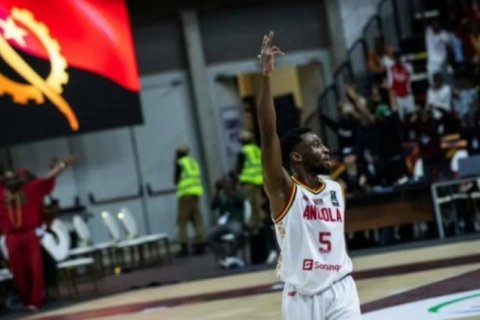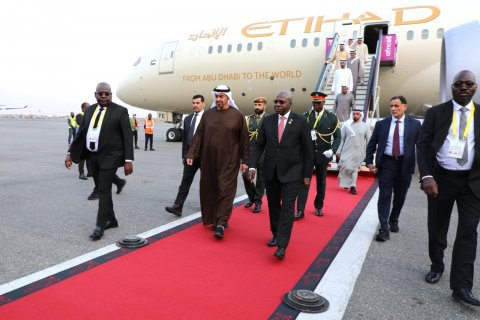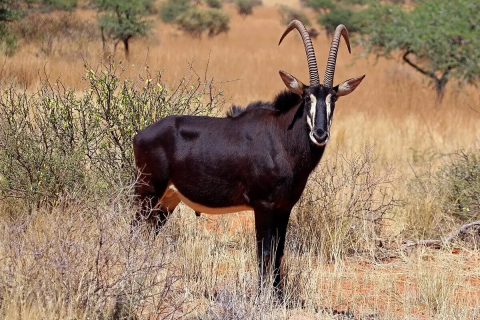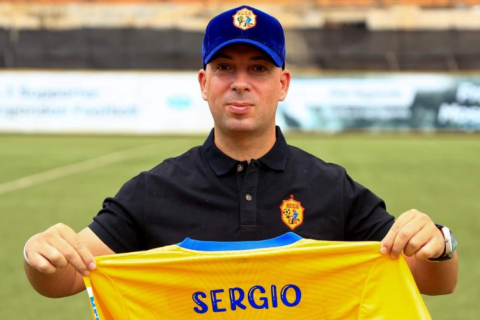The museum, housed in the former royal palace built in 1901, is spread across six small rooms, with portraits of royal figures and of Henry, son of the King of Congo, the first black African bishop, consecrated in 1520, standing out at the entrance.
There are also aspects of socioeconomic life, including artefacts linked to hunting and fishing, as well as coins used for trade – small shells called zimbos – objects of personal use, symbols of royal power, clothing, musical instruments and other objects used for ritual purposes or in traditional treatments, as the knowledgeable guide Kediamosiko Toko explains to Lusa.
There is also a replica of the Yalala Stone, with inscriptions by Diogo Cão, the Portuguese navigator who reached the Angolan coast in 1482, and which is currently located in a village near Matadi (Democratic Republic of Congo).
At that time, the Kingdom of Congo was spread across three countries – the Democratic Republic of Congo, Congo Brazzaville and part of Gabon – in addition to the current six northern Angolan provinces, which led the government to change the museum's status, explains the director, Avelino Manzueto.
On 8 November 2023, the former Museum of the Kings of Congo became the Regional Museum of the Kingdom of Kongo, so that its scope "covers an international level", explained the director, adding that there is also a cooperation project to rescue "some collections that are in other countries".
According to Manzueto, the museum, which was closed between 1982 and reopened in 2007, "lost many pieces due to the war, having fallen into a state of abandonment", and currently has 105 pieces.
"We have already identified some countries, not only in terms of collections, but also literary works and art, namely Brazil. We know about Brazil's relationship with Angola, the issue of the triangular trade (of slaves), the role of the Kingdom of Congo, the United States of America, Belgium, and Portugal itself, because Angola was an overseas province of Portugal", he highlighted.
Avelino Manzueto stated that the work is being developed with specialists and researchers, "with a view to cooperation" so that there is "the opportunity to rescue museum collections".
"We are aware that some museums have some pieces on display about the Kingdom of Congo. And not only pieces, but also literary works and art", he reinforced.
He gave the example of the Royal Museum for Central Africa in Belgium, which houses a vast collection of artefacts, including sculptures, masks and other cultural objects. A strategy is being developed through cultural representatives in these countries to reach agreements so that the collections can be identified and a history of each piece can be compiled.
"We could, for example, receive our original piece or one that is on display in that museum and receive a replica," he suggested.
Avelino Manzueta stressed that, in addition to its importance for cultural identity, the increase in the collection would attract more tourists.
Last year, the museum welcomed 7420 visitors from various countries around the world, notably Portugal, Brazil, Germany, the two Congos, South Africa and Zambia.
For the museum's manager, the challenge also involves strengthening human resources, renewing exhibitions and creating strategies to make it possible to build a new museum, with an international dimension, "based on the pillars of the three Congos, with Angola, DRCongo and Brazzaville", a joint project that is intended to involve specialists from various countries.







